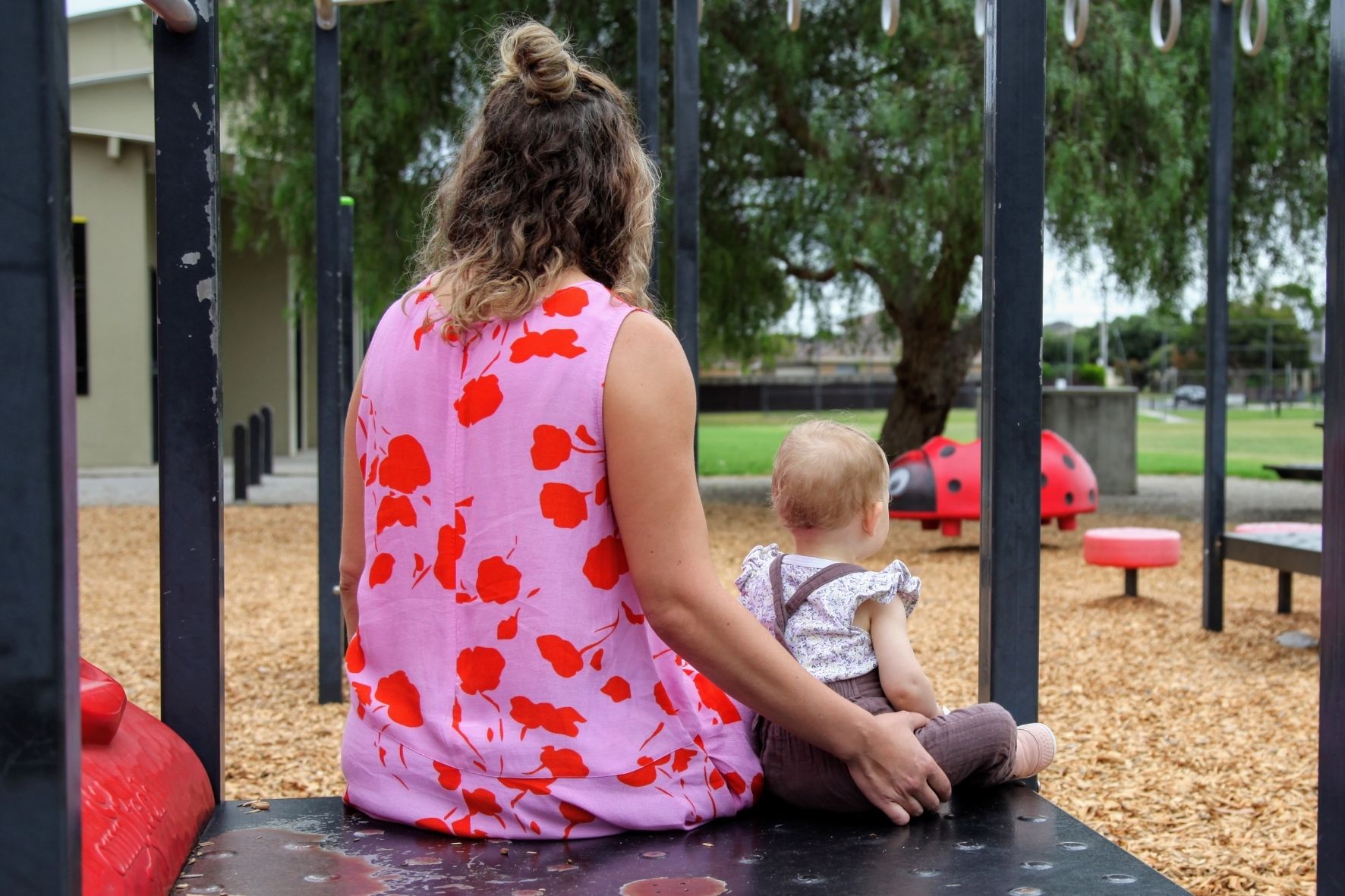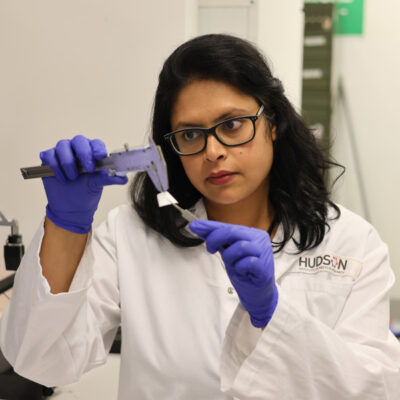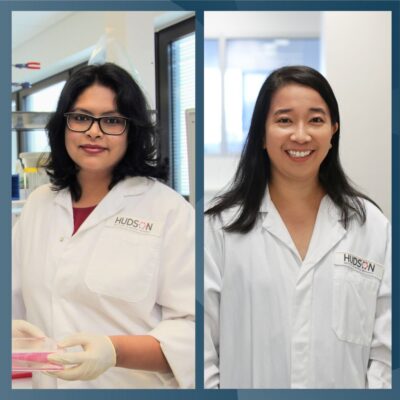Jess’s Story | Hidden pain of POP
By Hudson Institute communications

Six months after the birth of her third child, Jess*, 35, felt something wasn’t right. As she was walking 200 metres to the beach one day with her baby in a carrier, she felt an uncomfortable dragging sensation in her pelvis and had to sit down.
Jess visited her obstetrician and a pelvic floor physiotherapist and, after a 4D ultrasound, was diagnosed with severe pelvic organ prolapse (POP).
“I could not believe this was happening to me,” Jess says. “I went from feeling so happy and content in life to so scared about my future health and depressed.”
Jess wears a cube pessary to support her uterus which needs to be put in place and removed every day. While it helps with the dragging feeling, she finds it embarrassing, humiliating, and by the end of the day she is in pain. The pessary also limits many of her usual physical activities. “I still feel like I can’t run or jump and do high intensity exercises,” she says.
Her medical advice is to wear the pessary for as long as possible, because without it, surgery is the only other option and despite this, the prolapse can recur/ reoccur.
“With the current surgical options available, things are looking bleak. I am tired of constantly thinking about it and worrying about it. I just want it fixed so I can move on and enjoy life with my beautiful babies and husband,” says Jess.
Jess says it was only after confiding in friends that she discovered two others in their mid-thirties had also suffered pelvic organ prolapse and had surgery. “It’s a very embarrassing thing to have happen, especially in your thirties. That’s why people don’t talk about it.
“The only thing that is keeping me going is reading about Professor Caroline Gargett’s team’s research into a potential stem cell treatment for POP,” Jess says. “I am desperate for a better treatment option. The thought of having to live with a pessary for the rest of my life or having surgery now only for it to more than likely come back and need more surgery, is just not good enough. It makes me sad that this is my life now.”
“I hope the stem cell team have all the funding they need to continue their very important work to find a treatment for this condition and make it available sooner rather than later.”
Jess says the research investigating solutions soon after birth trauma occurs is especially important. “If there was a way to repair the damaged muscles after birth trauma, that would be absolutely ideal. It would prevent future prolapse and a lifelong battle with a chronic condition.”
*Jess has chosen to remain anonymous
About Hudson Institute
Hudson Institute’ s research programs deliver in three areas of medical need – inflammation, cancer, women’s and newborn health. More
Hudson News
Get the inside view on discoveries and patient stories
“Thank you Hudson Institute researchers. Your work brings such hope to all women with ovarian cancer knowing that potentially women in the future won't have to go through what we have!”





